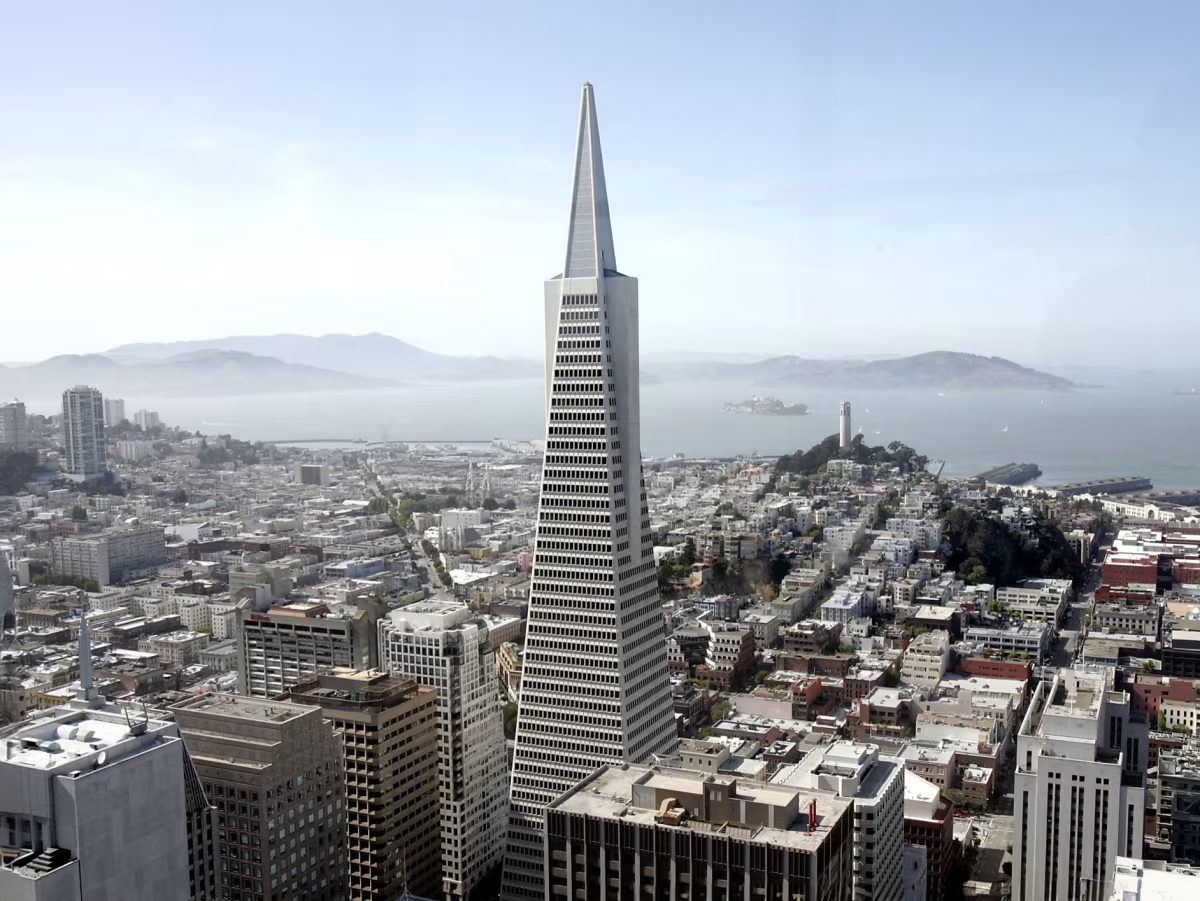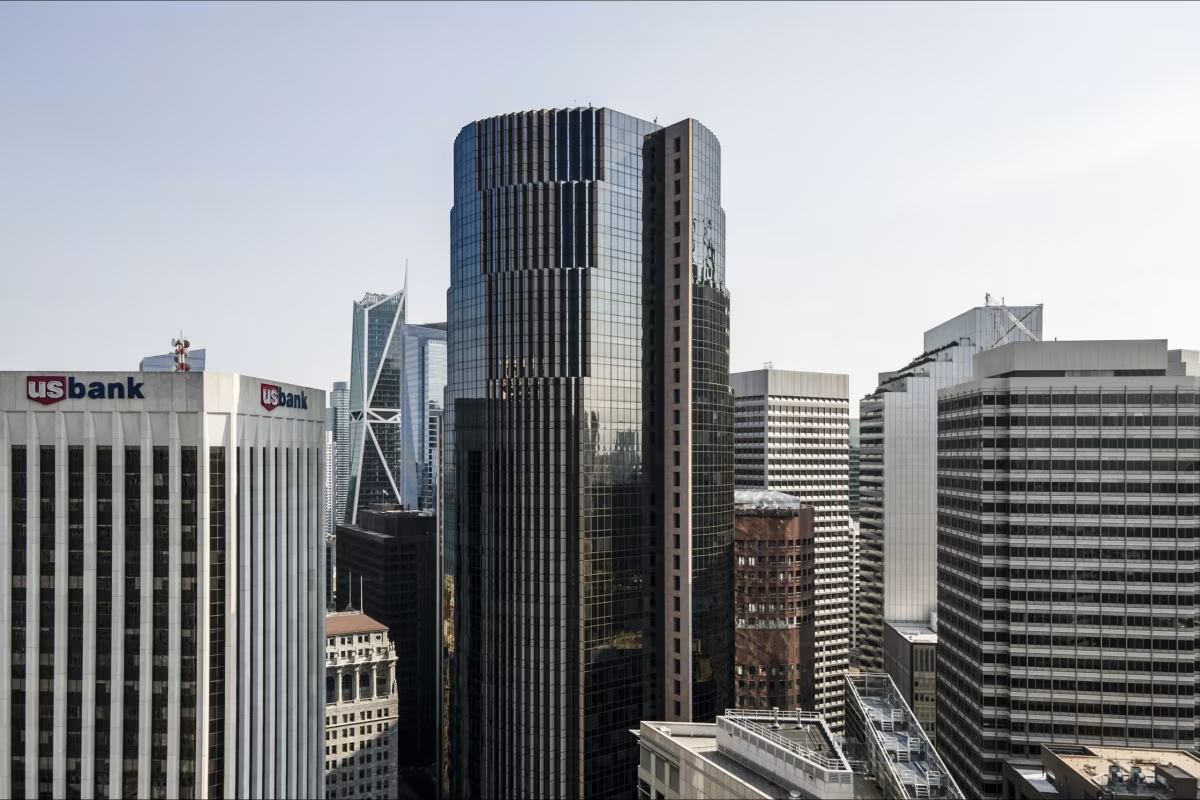Transamerica Pyramid vs 101 California Street Building


Comparing the Transamerica Pyramid and the 101 California Street Building is interesting because they both rise in San Francisco, CA, yet they were conceived by two different design teams, William L. Pereira and Johnson/Burgee Architects, and were completed at different points in time. They were finished more than a decade apart.
This contrast within the same city allows us to see how different creative minds interpreted the evolving needs of San Francisco across time.
Let's take a closer look!
Height & Size
Architectural Style
Both the Transamerica Pyramid and the 101 California Street Building were designed in line with the aesthetic conventions of the Postmodernism style.
At the time, this style was at the height of its popularity. So both William L. Pereira and Johnson/Burgee Architects followed what was in many ways expected of them, producing designs that fit comfortably within contemporary architectural norms, rather than breaking with convention.
Uses
Both the Transamerica Pyramid and the 101 California Street Building were designed to serve as commercial towers, and that has remained their main use since their completion, serving similar roles in the urban fabric.
Structure & Facade
Both towers share the same structural solution, a Frame system.
A frame structure uses a grid of columns and beams to carry the building's loads. This frees the walls from structural duties, allowing for flexible floor plans and larger windows.
However, when it comes to the facade, both buildings use different approaches. The Transamerica Pyramid uses a Modular facade, while the 101 California Street Building uses a Curtain Wall facade.
A Modular facade like the one seen in the Transamerica Pyramid employs prefabricated panels, often mixing solid surfaces with smaller windows, while a curtain-wall facade like the one seen in the 101 California Street Building uses a lightweight glass curtain wall hung from the structure.
| Transamerica Pyramid | 101 California Street Building | |
|---|---|---|
| William L. Pereira | Architect | Johnson/Burgee Architects |
| 1969 | Construction Started | 1979 |
| 1972 | Year Completed | 1982 |
| Postmodernism | Architectural Style | Postmodernism |
| Commercial | Current Use | Commercial |
| 48 | Floors Above Ground | 48 |
| 260 m | Height (m) | 183 m |
| 46,400 m² | Usable Area (m²) | 116,264 m² |
| 18 | Number of Elevators | 24 |
| Frame | Structure Type | Frame |
| Steel | Vertical Structure Material | Steel |
| Concrete | Horizontal Structure Material | Concrete |
| No | Facade Structural? | No |
| White Quartz | Main Facade Material | Granite, Glass |
| Transamerica Corporation | Developer | Hines Interests Limited Partnership |
| Chin & Hensolt Inc., Glumac International,and Simonson & Simonson | Structural Engineer | CBM Engineers |
| CA | State | CA |
| San Francisco | City | San Francisco |
| 600 Montgomery Street | Address | 101 California Street |